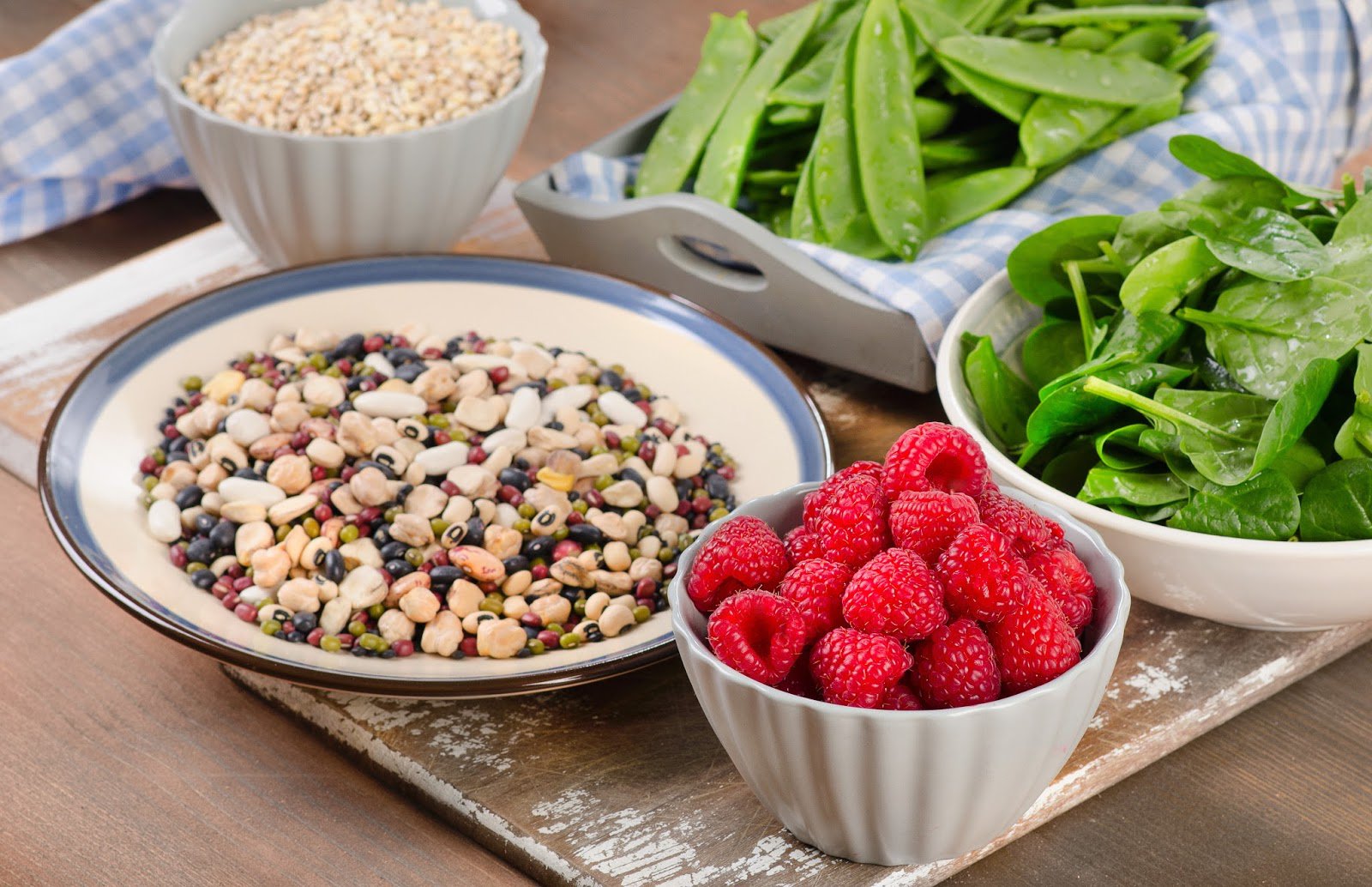
If you’ve been following this blog recently you may have seen our series on dietary fibre. So far we’ve covered soluble and prebiotic fibres, discussing their functions in the bowel and low FODMAP food sources. This week we’re talking about insoluble fibre.
What is insoluble fibre? Like all types of dietary fibre, insoluble fibre comes from plant based foods, namely the structural parts of plant cell walls. There are a number of different types of insoluble fibre, including cellulose, hemicellulose and lignin. What does insoluble fibre do in the gut?
Unlike soluble fibre which dissolves in water, forming a thick gel that slows movement of food through the gut, insoluble fibre does not dissolve in water. Instead it adds physical bulk to your stools and helps to speed up the removal of waste from your gut. These two important functions of insoluble fibre help to prevent constipation. What are some good food sources?
Good sources of insoluble fibre include wheat bran, rice bran, fruit and vegetable skins, nuts, seeds, legumes and wholegrains. As you will notice from this list, many foods rich in insoluble fibre are also high in FODMAPs. Well fear not, there are many low FODMAP sources of insoluble fibre too. See the list below and the Monash app for low FODMAP serving sizes.
Vegetables - corn, eggplant, green beans, broccoli, spinach, kale, legumes (e.g. chickpeas, lentils etc.)
Fruit -grapes, kiwi, strawberries, rhubarb, raspberries, pineapple, blueberries, raisins
Bread - gluten free multigrain, wholemeal
Grains - brown rice, burghal, oat bran, rice bran, buckwheat, quinoa
Nuts - peanuts, almonds, walnuts